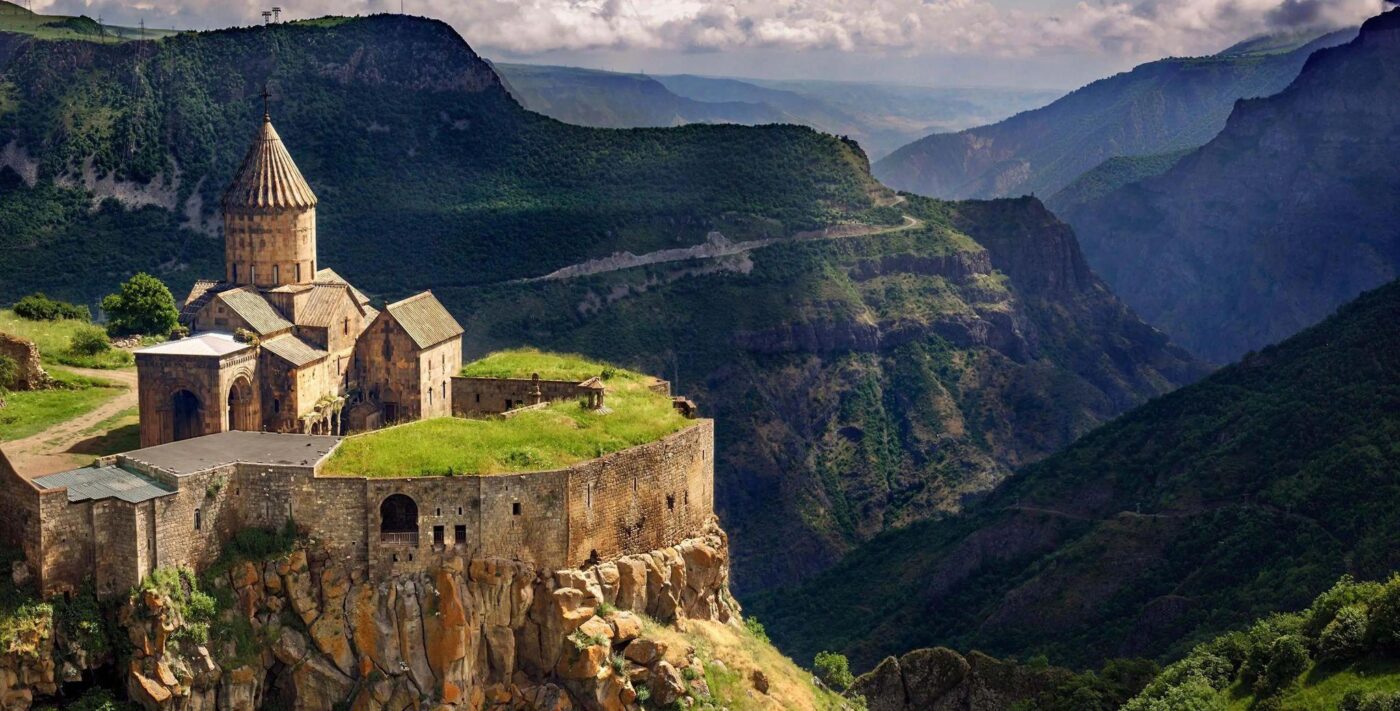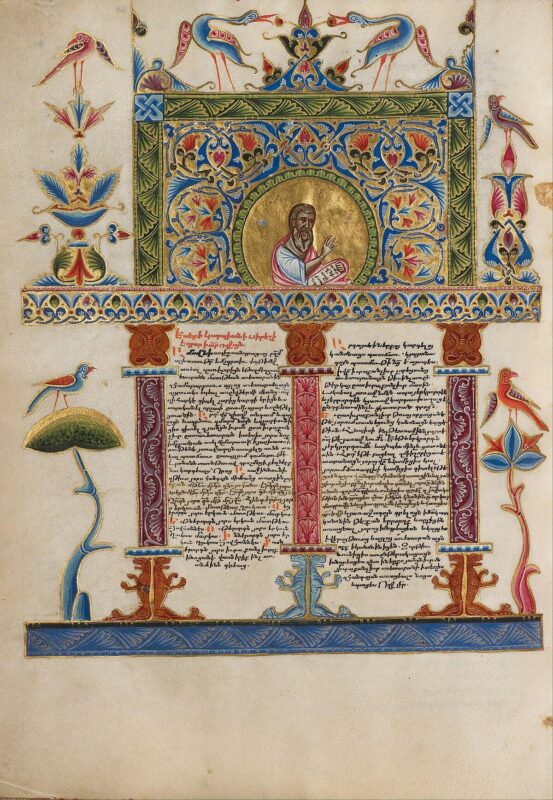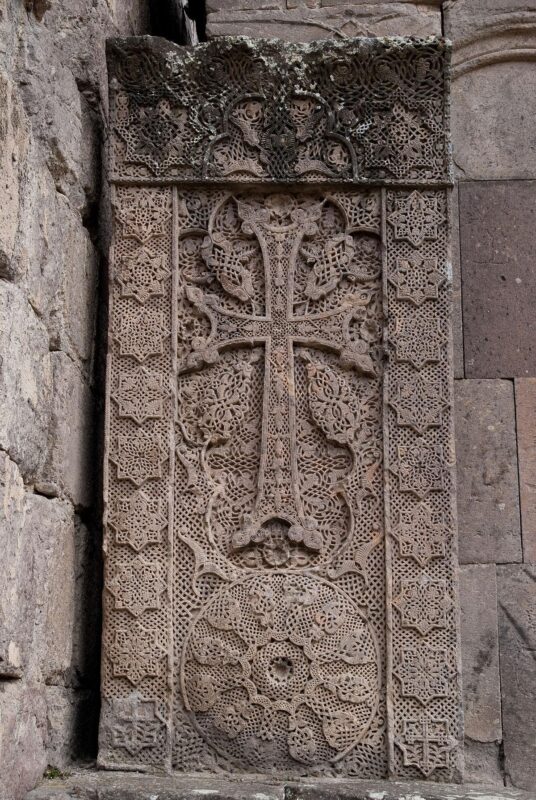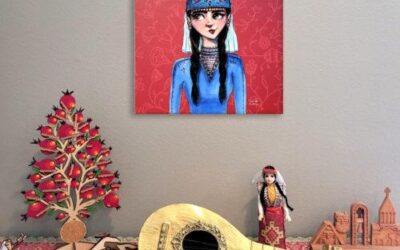In terms of cultural and artistic history, Armenia is a well-known country situated in the Caucasus region. It’s important to note that Armenian culture has bloomed its way through resilience throughout many centuries and has still managed to be beautiful in all aspects. It is impossible to talk about the history of the Armenian culture without mentioning its art—Art which is the Armenian nationals’ heritage of values, beliefs, and identity.

In this article, you will understand the extensiveness and importance of Armenian arts and the purpose it plays in preserving Armenian history. The way modern Armenian artists must make progression on this path of sharing Armenian narratives to the world.
Armenian Cultural History: A Legacy of Survival and Flourishing Creativity
The history of Armenian culture dates back to thousands of years from the prehistoric period through to modern-day Armenia and other parts of the world. Of particular importance in this culture is the passion for arts which have traditionally been used when communicating the Armenian spirit during the hardships of conquest and persecution.
Starting from the Armenian carvings as a part of the ancient churches to the illuminated manuscripts and the medieval tapestries the art of Armenians followed the patterns of various trends but has its own peculiarities. Artistic forms of Armenia have been marked by Christianity which was accepted in 301 AD as the state religion of Armenia and the geographical condition of Armenia as the bridge between Europe and Asia.

Today, to know about Armenian culture it is necessary to comprehend how the aesthetic arts have risen to the challenge of maintaining the national spirit. Armenian artists have been participating in creating religious and secular art for several centuries, including in their works religious ardour, daily life, history, and the stories of lives.
Armenian Art Traditions: A Reflection of Heritage and Identity
Thus, collective Armenian art has different directions in field of architecture, sculpture, painting, ceramics, textiles, etc. All of these media have been involved in contributing towards the cultural heritage and identity of Armenians.
Khachkar or the stone cross is one of the Armenian heritage art that can be seen effectively in this case. Armenian art and architecture are characterised by these intricately carved stone crosses known as “kriek” dating back to the 9th century. These stones are found in churchyards and along roadsides; thus, they are not only cross stones but also cultural signs that provide information on the Armenians’ history.

Another component of the Armenians’ art culture is illuminated manuscripts. These manuscripts, which comprise religious work are well known for their innovation and completeness accompanied by bright colored paintings. This was done as a result of the craftsmanship evident in the hand painting of the manuscripts where every page looked exquisitely crafted. Most of these manuscripts are displayed in the Armenian cultural museums all over the world which gives an insight into the artistry of previous generations.

In contemporary times Armenian painters are Martiros Saryan and Arshile Gorky who have made their mark in the art scene. Saryan –a happy rider of landscapes, the founder of abstract expressionism Gorky – used the Armenian experience powerfully to make art, which people of the whole world appreciate today.
Armenian Art Influences: A Blend of East and West
Due to geopolitical factors inherent to the region Armenian culture has incorporated both Eastern and Western traditions. This is particularly apparent in its artworks such as the Armenian architecture which has been influenced by Persian, Byzantine and even Romaniac styles of architecture to produce a new style that is distinctly Armenian.
In the sphere of painting Armenian artists have been traditionally developing Armenian art and adding European techniques to it. This mingling has produced a lovely and rich artistic culture that is reflected even in the present Armenian artworks, be they classical or contemporary Armenian artworks, ranging from icons of the medieval period to abstract art of the twentieth century and beyond.
Learning About Armenian Culture Through Art
For those looking to learn about Armenian culture, there is no better place to start than with its art. Whether it’s the intricate carvings of khachkars, the vivid depictions in illuminated manuscripts, or the modern interpretations by artists, Armenian art offers a window into the soul of a people who have faced great adversity yet continue to flourish.

Armenian cultural exhibits, both in Armenia and in diaspora communities around the world, provide an opportunity to explore this rich artistic heritage. These exhibits often feature a range of artworks, from ancient artefacts to contemporary pieces, showcasing the depth and diversity of Armenian art traditions.
Art has always been a means of expressing and preserving Armenian cultural history. By visiting exhibitions, purchasing Armenian art, or simply learning about the stories behind the works, individuals can connect with the Armenian experience and gain a deeper appreciation for its cultural richness.

The Role of Art in Preserving Armenian Heritage
Art plays a crucial role in preserving Armenian heritage. Throughout history, it has served as a tool for documenting the country’s trials, triumphs, and traditions. Even in the face of challenges like the Armenian Genocide, art has been a means of resistance and remembrance.
Artists continue to build on this legacy, using their talents to both honor the past and inspire the future. Her works serve as reminders of the beauty and strength of Armenian culture, while also pushing the boundaries of how that culture can be expressed in modern times.
Frequently Asked Questions (FAQ) about Armenian Art and Culture
1. What makes Armenian art unique?
Armenian art is known for blending Eastern and Western influences, with traditional symbols like khachkars (stone crosses) and illuminated manuscripts reflecting its rich cultural history.
2. Where can I see Armenian cultural exhibits?
You can find Armenian cultural exhibits at places like the Armenian Museum of America in Boston and the Matenadaran in Yerevan, along with many galleries showcasing Armenian contemporary art.
3. Why is art important for preserving Armenian culture?
Art serves as a tool to document Armenian history and heritage, helping to keep cultural traditions alive for future generations.
4. How can I support Armenian artists?
You can support Armenian artists by attending exhibitions, purchasing their works, and sharing their contributions with others.




